Reports
Khushab Update
by Sarah Burkhard, Allison Lach, and Frank Pabian[1]
September 7, 2017
Construction of new buildings at a nuclear complex in Pakistan first raised concern of being another nuclear reactor, then of being a tritium extraction facility. More recent satellite imagery acquired by the Institute, however, suggests that the new facility is probably a coal-fired thermal power plant.
Background
Pakistan’s Khushab nuclear site currently has four heavy water nuclear reactors dedicated to the production of plutonium for nuclear weapons, as well as a heavy water production plant. The facilities were built sequentially over the course of almost 30 years, with the most recent reactor being constructed in 2011. The reactors have slowly increased Pakistan’s supply of weapon-grade plutonium, which, after separation from the irradiated fuel at other sites, allows Pakistan to build more miniaturized, plutonium-based nuclear weapons that complement its existing highly enriched uranium nuclear weapons.
Over its long history, the almost 40 square kilometer site has witnessed many construction projects. Currently, there is a large complex of new buildings of unidentified purposes in the south-west of the site (see Figure 1). Some have raised the possibility that this facility is for the extraction of tritium,2 which would have been produced in lithium 6 targets in the nearby reactors. Pakistan has on occasion stated an ability to make thermonuclear weapons, raising the question of whether it makes and separates tritium which can be used to boost the explosive yield of a fission nuclear weapon.
Despite showing interest in the procurement of tritium and tritium production and purification technology in the mid-1980s, Pakistan’s capabilities to produce and separate tritium are poorly understood. Thus, suggestions that it may be building a tritium extraction plant at Khushab warrant investigation.
New Construction
The Institute first highlighted this new construction activity in the southwestern section of the Khushab site in early 2015. Further assessments were released in May and August 2015, and in February 2016, where satellite imagery showed continuous construction progression, but lacked visible signatures that allowed a definite identification of the site.3 Throughout the initial construction phases, there was concern that this site would become yet another plutonium producing reactor.
In more recently available Google Earth imagery, the site shows possible similarities with a tritium recovery and packaging site under construction.4 Subsequently, the Institute purchased a high resolution commercial image of the site to further assess the progress of the construction and the likelihood of it being a tritium extraction facility.
However, the analysis of the most recent high-resolution images led the Institute to conclude that the facility’s purpose is likely a different one – namely the production of electricity for the high-energy consuming facilities in the Khushab site, such as the heavy water production plant. More specifically, the current construction has several similarities with a coal-fired thermal power plant. Figure 1 shows the location of the construction site in relation to the Khushab nuclear site as a whole. Figure 2 shows an overview of the state of construction as of July 3, 2017, with an inset diagram of a commercial thermal power plant for comparison.5 The two high-rise buildings would house the boilers suggesting that the facility would be a twin-unit coal-fired thermal power plant. Also visible is a large stack, a probable coal receiving and transfer building, a probable generator hall which would contain the steam turbines and electrical generators, a cleared area possibly prepared for the installation of an electrical switchyard, and the probable base for a multi-cell cooling tower deck. The cooling deck is of significant size, likely able to hold approximately 22 vents.
The most telling signature yet is the slanted covered conveyor system, which is commonly used to transport coal to the boilers. The possible coal receiving building includes two large pits for loading coal onto the connected conveyor system, a portion of which is now below ground. This can be seen in satellite imagery from two different dates in April and July 2017, as shown in Figure 3. Such a conveyor belt system with transfer pits would have no known purpose in a tritium related facility. Lastly, Figure 4 shows a new path connecting the new facility with the heavy water production plant. Specifically, it leads from the new facility’s probable electrical switchyard to a substation near the heavy water plant. An inset in Figure 4 shows one of the transmission towers that are now stationed along the path, building the basis for a double high-voltage electrical transmission line. Having such a thermal power plant will help to ensure continuous electrical power at all times for Khushab and would add to the national grid as backup in case of any problems with power elsewhere in the country, such as the nearby Nuclear Power Plants at Chashma. The means of incoming coal transport is still in question, whether by road or rail; however, the nearby canal could also serve as transportation route.
Other activity at Khushab
Based on current satellite imagery, activity of the reactors seems to have neither increased nor decreased; however, especially at this time of year, it is difficult to observe reactor activity based on visible signatures such as steam from cooling vents. The low dew-point and the high summer temperatures make the vapor difficult to see. Nevertheless, Figure 5 shows potential steam coming from seven of the ten larger cooling vents at Khushab. The same seven vents are seen to be operational in previous imagery.6 Although no vapor can be clearly seen for the other reactors (Figures 6 and 7), it is impossible to rule out that the reactors are operational. Additionally, no discernible flame or plume from the hydrogen sulfide flare stack can be seen at the heavy water production plant, making it impossible to determine the operational status solely based on imagery on hand (see Figure 8).
Figure 1. Overview of Pakistan’s Khushab nuclear site. Construction of a new, large complex of buildings is taking place in the south-west section of the site.
Figure 2. An overview of the new construction activity at Khushab as of July 3, 2017, with the scheme of a commercial thermal power plant for comparison.7
Figure 3. A slanted conveyor system, which is commonly used to transport coal to the boilers, can be seen among the construction, as well as two partly underground transfer pits.

Figure 4. A new path setting out a new electrical transmission line that connects the new facility with an electrical substation at the heavy water production plant.
Figure 5. Potential steam coming from the seven cooling vents on the northern side of the line of vents at Khushab 4.
Figure 6. No vapor is visible coming from the cooling towers of Khushab 2 and 3.
Figure 7. No vapor is visible coming from the cooling towers of Khushab 1.
Figure 8. The Khushab Heavy Water Production Plant shows no visible signs of activity in this July 2017 image. The operational status can therefore not be determined.
1. Frank Pabian is a retired Los Alamos National Laboratory (LANL) Fellow in the Geophysics Group, Earth and Environmental Sciences Division with 45 years of experience in satellite remote sensing. He also served in the 1990s as a United Nations Nuclear Chief Inspector in Iraq for the IAEA. ↩
2. https://twitter.com/rajfortyseven/status/835016833803694081?lang=en ↩
3. See David Albright and Serena Kelleher-Vergantini, “New Construction at Pakistan’s Khushab Nuclear Site,”
Institute Report, May 19, 2015, http://isis-online.org/isis-reports/detail/new-construction-at-pakistans-khushab-nuclear-site/12#images ; David Albright and Serena Kelleher-Vergantini, “Construction Continues at Pakistan’s Khushab Site, Institute Report, August 12, 2015, http://isis-online.org/uploads/isis-reports/documents/Construction_Continues_at_Khushab_August12_2015_Final.pdf; David Albright and Serena Kelleher-Vergantini, “Khushab Reactors Operational While New Construction Progresses, Institute Report, February 29, 2016, http://isis-online.org/uploads/isis-reports/documents/Three_Khushab_Reactors_Operational_February_29_2016.pdf ↩
4. See for example: https://twitter.com/rajfortyseven/status/835016833803694081?lang=en ↩
5. Scheme credit: Canadian Clean Power Coalition, https://www.pinterest.com/pin/196047389999280753/ ↩
6. See David Albright and Serena Kelleher-Vergantini, “Pakistan’s Fourth Reactor at Khushab Now Appears Operational,” Institute Report, January 16, 2015, http://isis-online.org/isis-reports/detail/pakistans-fourth-reactor-at-khushab-now-appears-operational/12#images ↩
7. Scheme credit: Canadian Clean Power Coalition, https://www.pinterest.com/pin/196047389999280753/↩

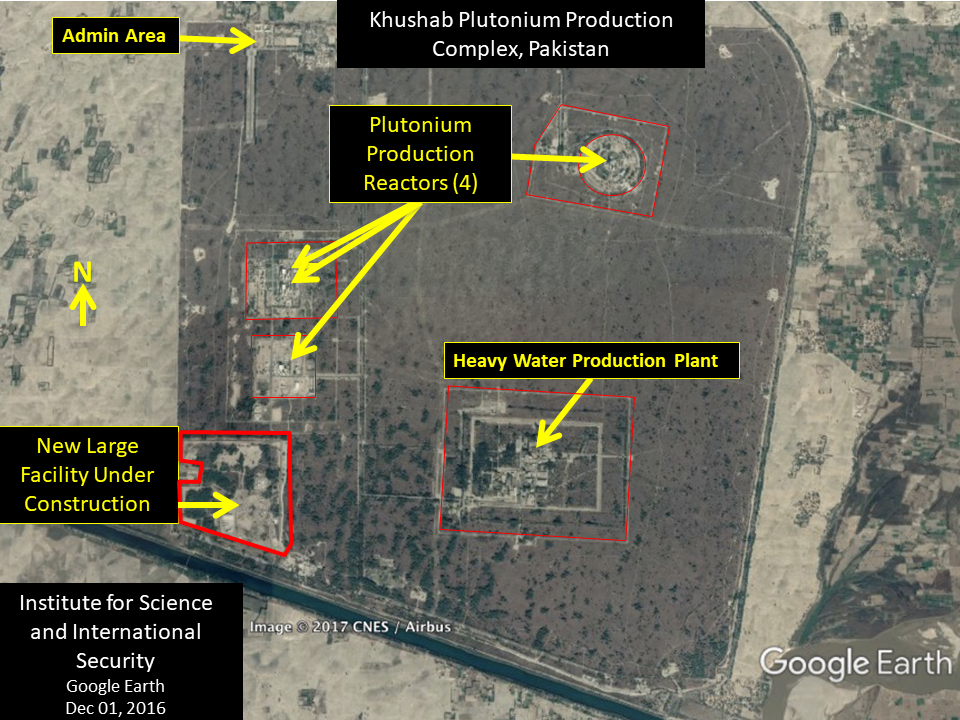
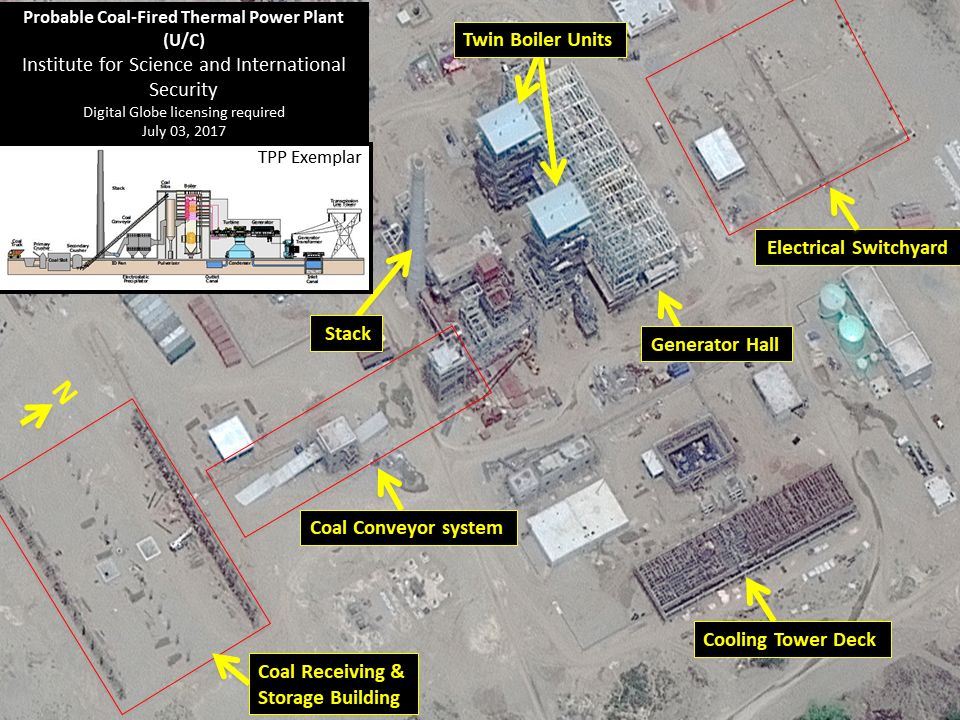
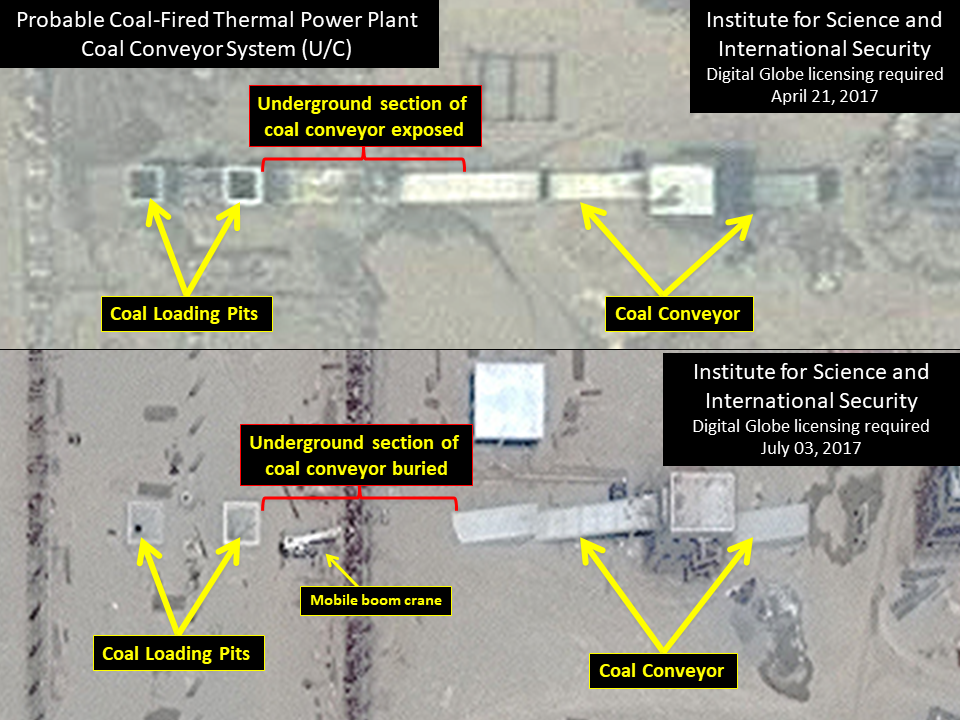
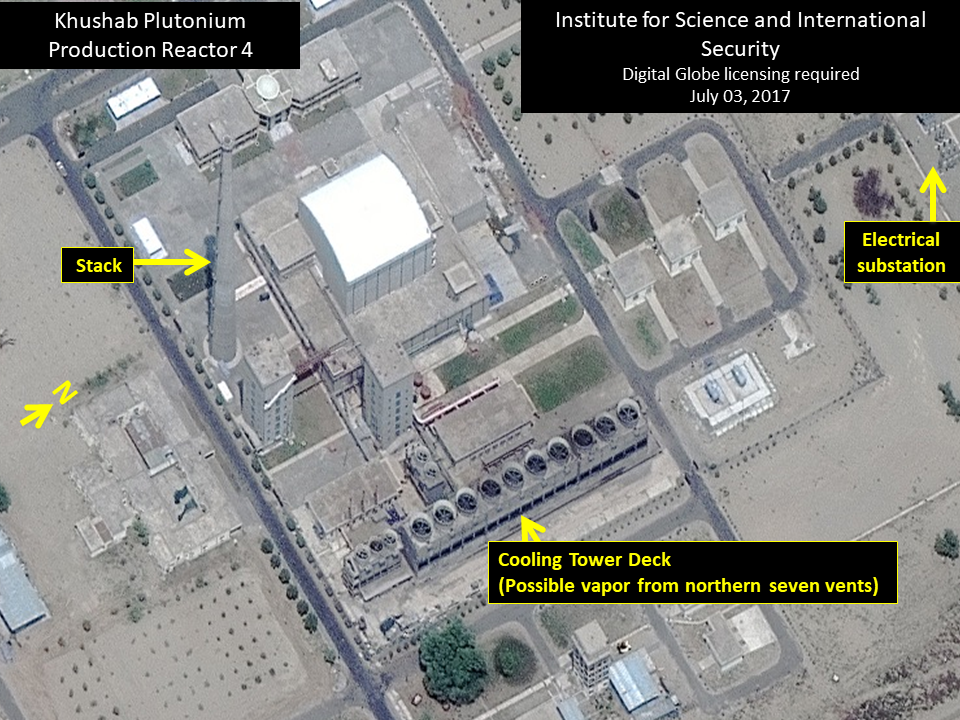
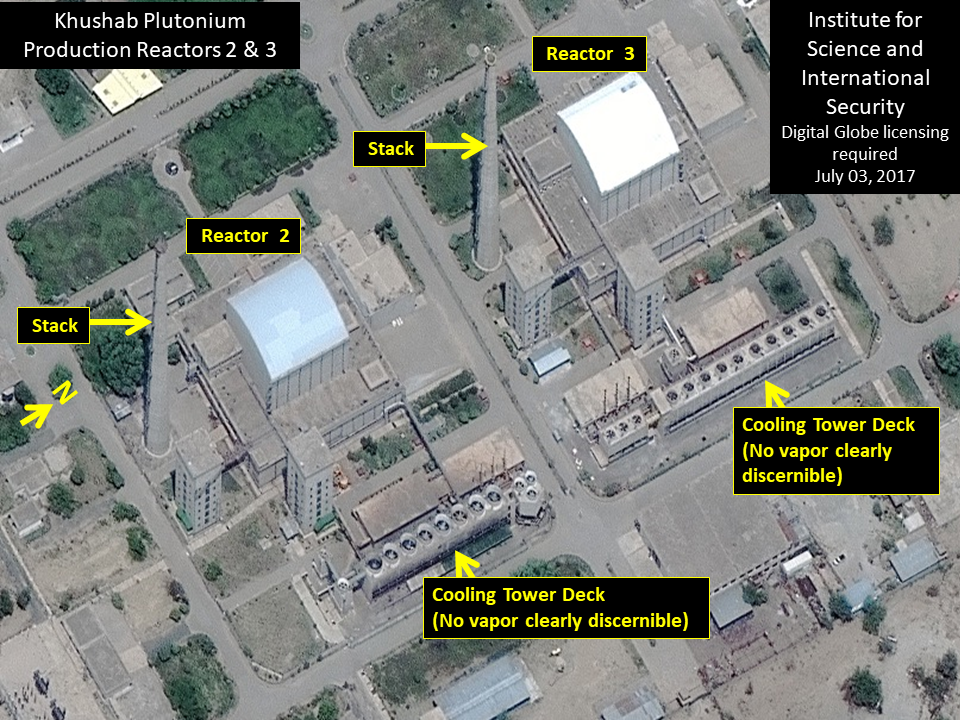
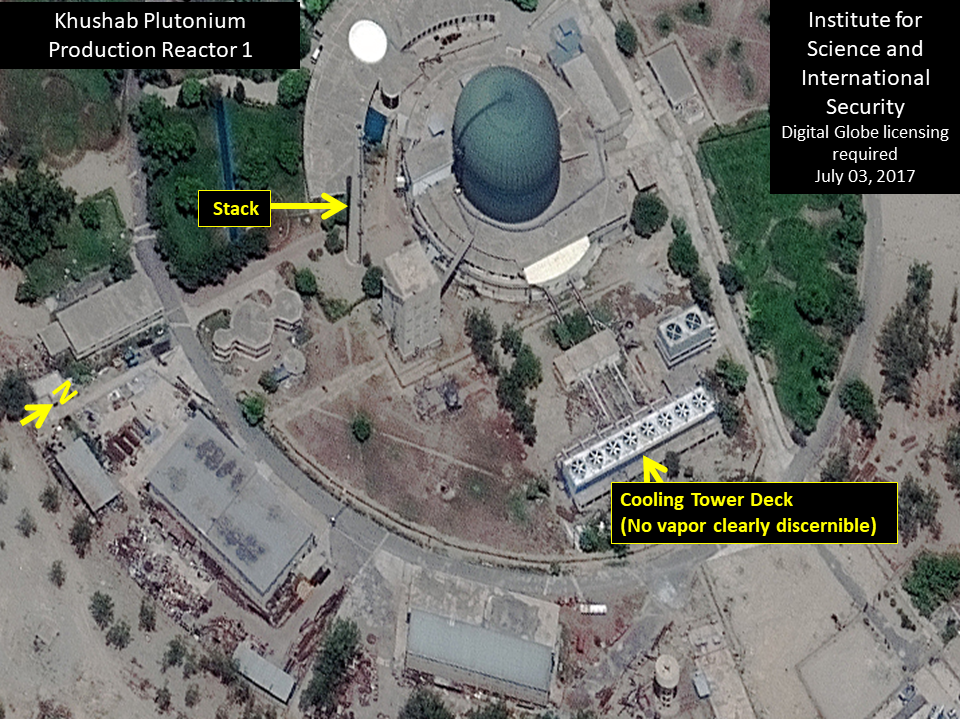
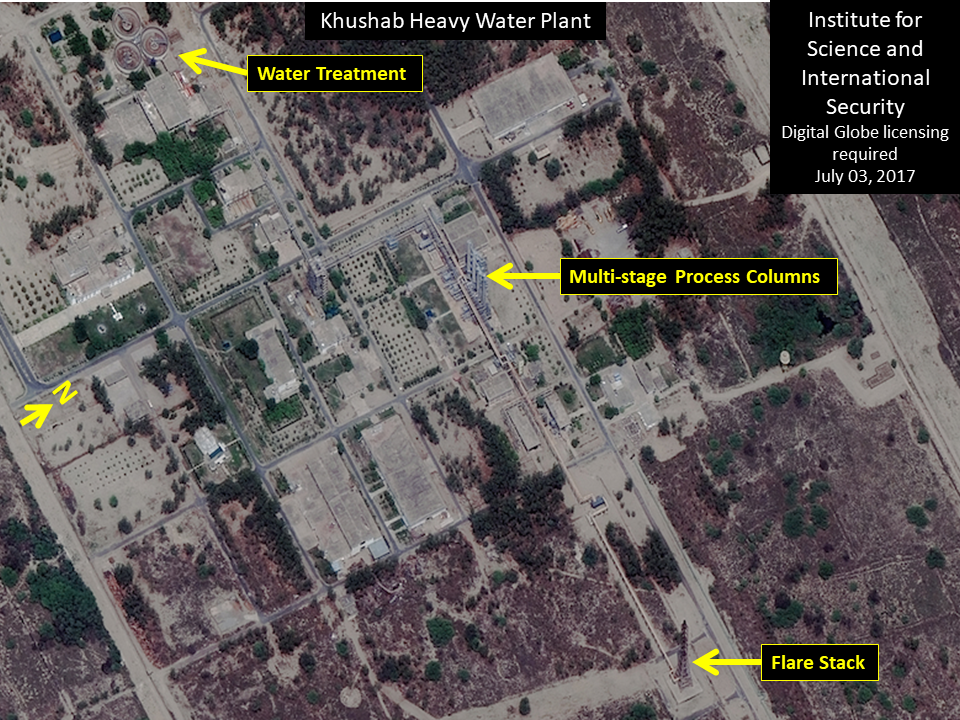
 twitter
twitter